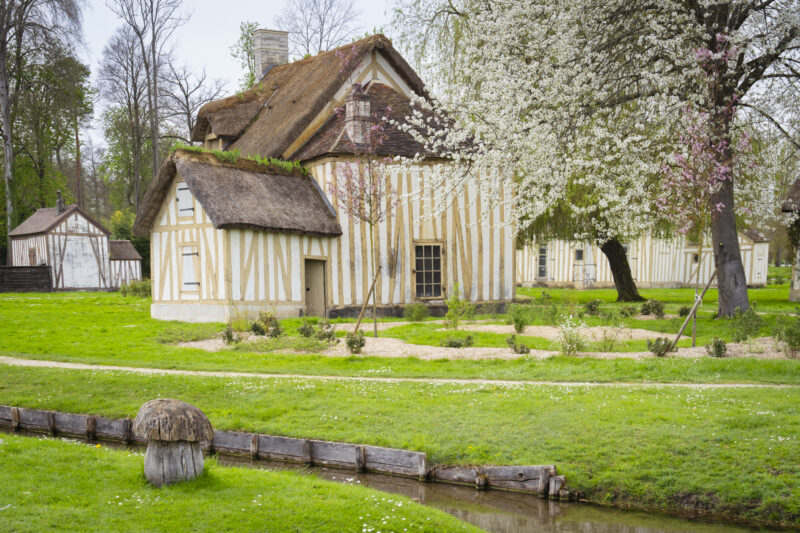Château de Chantilly
Just a stone's throw from Paris is one of France's most extraordinary castles. Château de Chantilly wasn't called the most beautiful house in France by King Henry II for nothing. After several renovations and a turbulent history, the last owner, the Duke of Aumale, restored Chantilly to its current splendor. He put his exceptional art collection on display in the Musée Condé, which is one of the best art museums in France, second only to the Louvre.
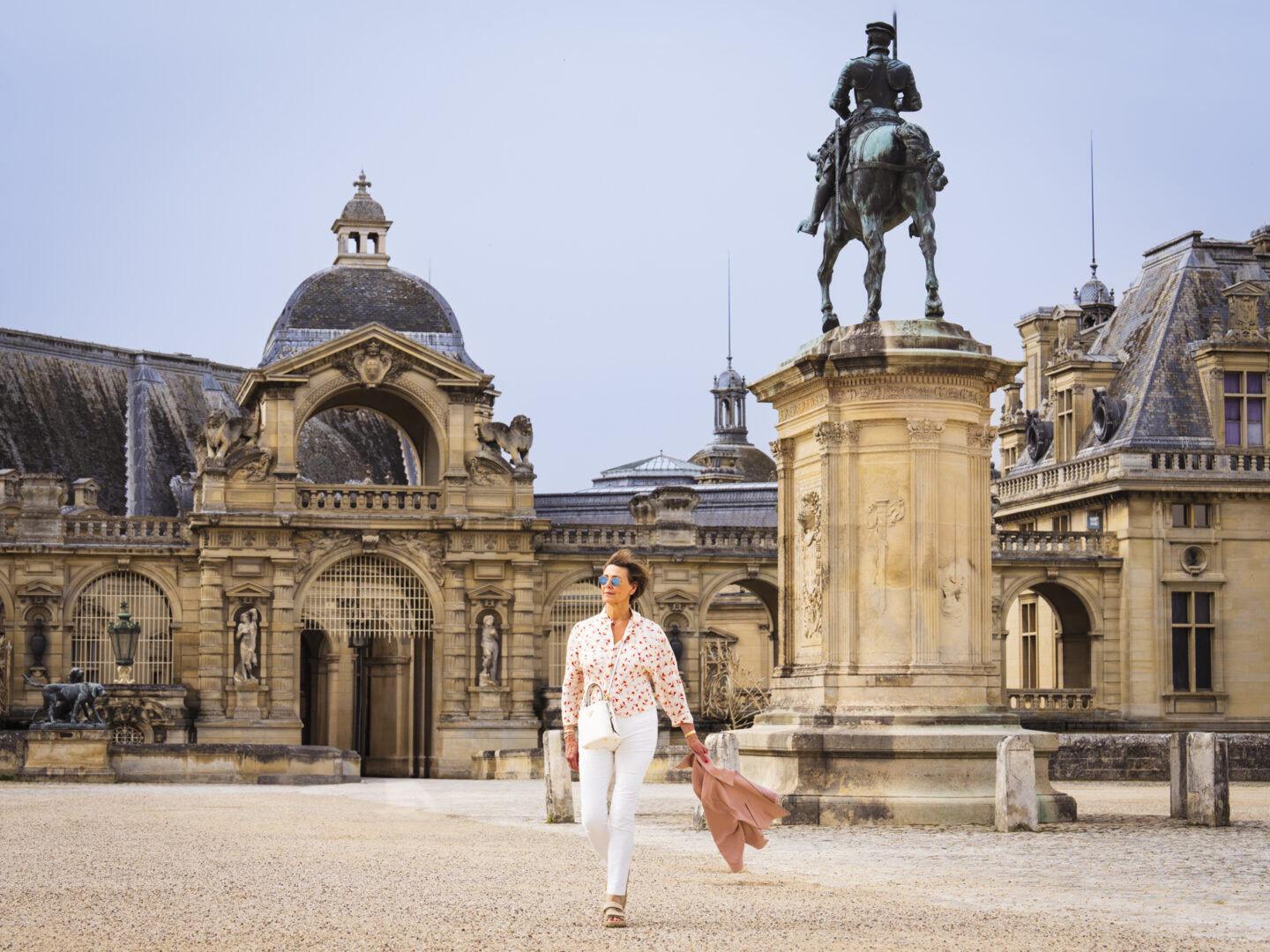
The history of Château de Chantilly
Chantilly Castle has a long and fascinating history that spans several centuries. Originally a medieval fortress, the estate has always been owned by nobles with close ties to the French crown.

The Montmorency family (1484 - 1632)
During the Renaissance, Anne de Montmorency, the powerful Constable of King Francis I, inherited the Chantilly estate. He had the fort renewed and built a magnificent castle, Le Petit Château, on an island just in front of the fort. The smaller castle was designed in the typical French Renaissance style and connected to the larger castle by a footbridge. It's been almost unchanged since it was built.
Henri II de Montmorency, grandson of the Connétable, led an armed revolt against King Louis XIII and Richelieu and was beheaded. The king took over the castle of Chantilly and often went there to hunt in the following years.
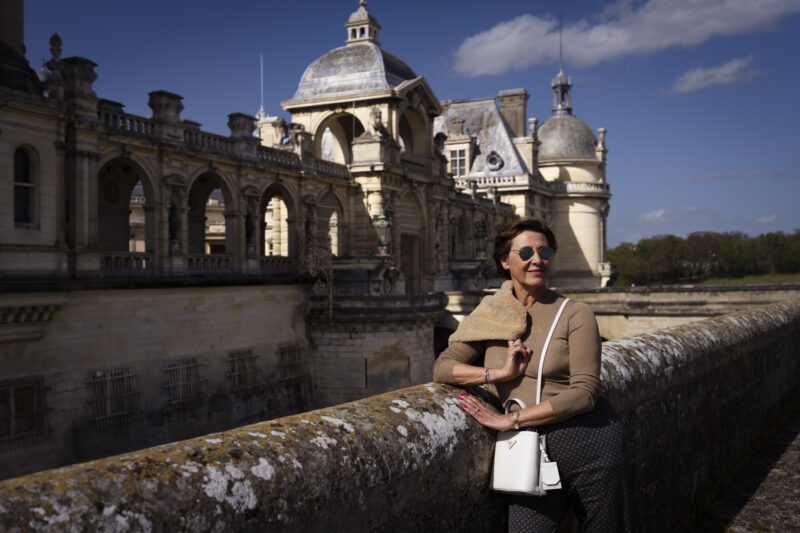
The Condé family (1643 - 1830)
Prince Louis II de Bourbon-Condé, later known as Le Grand Condé, was instrumental in securing victory against the Spanish at the Battle of Rocroi, thereby safeguarding the kingdom for his nephew, Louis XIV. The castle of Chantilly was returned to Prince Louis II's mother, who was the sister of the beheaded Henri II de Montmorency. After being pardoned by King Louis XIV, Le Grand Condé moved into the castle of Chantilly in 1659.
Le Grand Condé began a major renovation project and commissioned André Le Nôtre to create the beautiful gardens around the chateau. A two-kilometer-long canal was built through the estate, and all the fountains and water features were powered by an ingenious hydraulic system.
The court at Chantilly was more tolerant than the one at Versailles. Great thinkers of the time were welcomed with open arms. Playwrights like Molière and Racine, as well as philosophers and poets, contributed to the atmosphere of freedom and innovation that reigned over Chantilly.
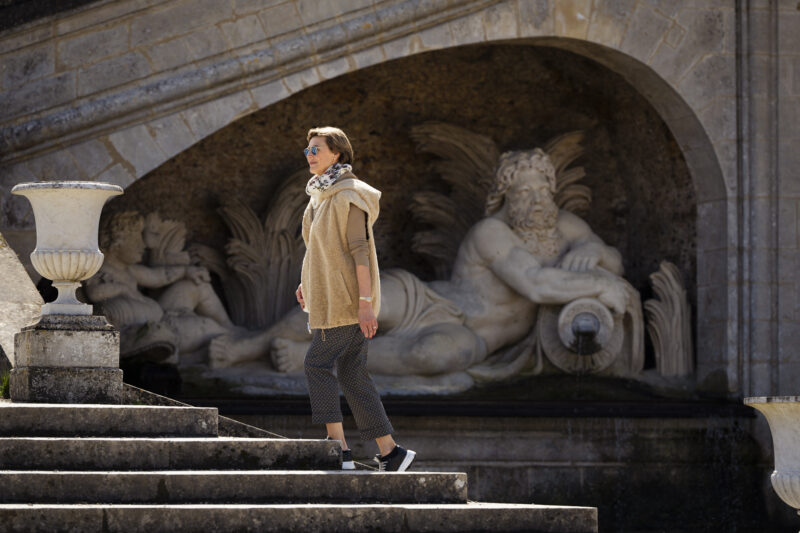
The myth of perfection à la Française
It's Friday, April 24, 1671, and there's a big celebration going on that day to mark the reconciliation between Louis XIV and Le Grand Condé. The king’s maître d’hôtel, François Vatel, was tasked with organizing the festivities. The weather wasn’t ideal, and the fish order was late. Vatel worried he wouldn't be able to deliver the lavish meal the king expected, so he took his own life. An hour later, the fish arrived, and that was the start of the myth of perfection à la Française.
Chantilly during the 18th century
Louis Henri de Bourbon Condé, who was a descendant of Le Grand Condé, served as prime minister to King Louis XV for a long time. He modernized the castle of Chantilly and updated the princely apartments in Le Petit Château to reflect the latest trends and tastes. He also painted the impressive Singeries, which were boudoirs with exotic decorations of monkeys and Chinese scenes. Additionally, he constructed the largest princely stables in Europe, which could accommodate up to 240 horses. This was a nod to his favorite sport: hunting on horseback.
The second half of the century was all about the good life at Chantilly. In 1775, the lovely Hameau—the forerunner to Marie Antoinette's creation at Versailles—was built. After a stroll through the gardens, the prince and his guests would head to the Hameau to relax and enjoy the famous Chantilly cream.
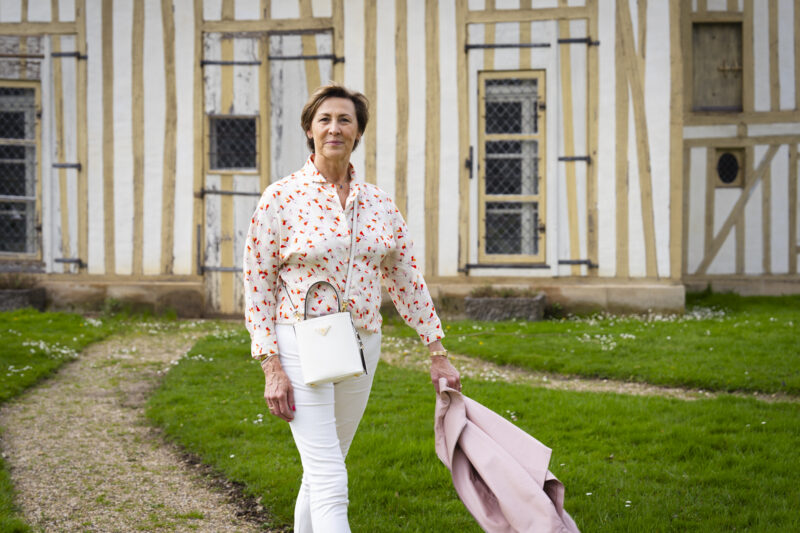
The French Revolution
At the start of the French Revolution, the Princes of Condé left the castle of Chantilly. The revolutionaries took the castle's cannons to Paris. The castle was seized and sold to local entrepreneurs, who demolished the large building and used the stones for constructions in the capital. Only the horse stables and Le Petit Château were left standing.
After the Revolution, the family returned from exile and regained control of the estate. The apartments at Le Petit Château were restored, and the artworks that were taken by the revolutionaries to the Louvre were recovered.
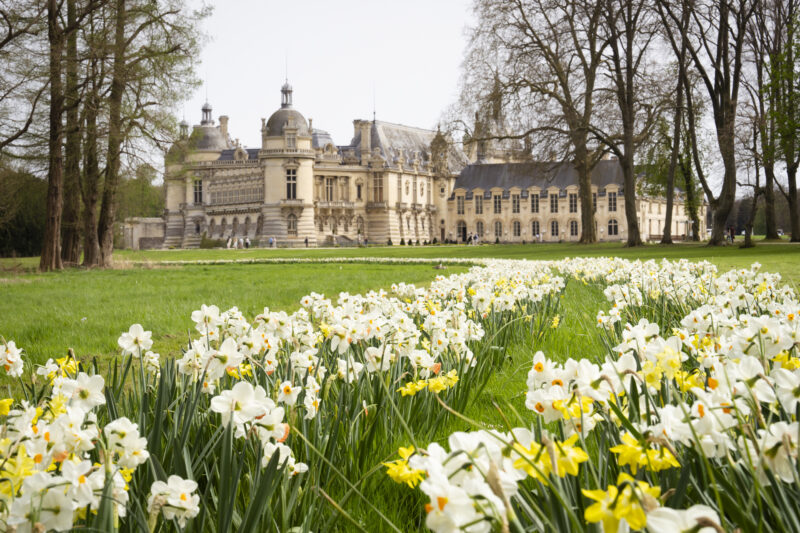
Henri d'Orléans, Duke of Aumale
Henri d'Orléans, Duke of Aumale and son of King Louis-Philippe, inherited the Château de Chantilly at the age of eight from the last Prince of Condé, who was also his godfather. After he got married, the duke had the private apartments in Le Petit Château redecorated for himself and his wife. You can still see the rooms in their original state.
After the February Revolution of 1848, the Duke and his family were forced to flee to England. He didn't return for 20 years. The Duchess and both his sons died during his exile.
The great reconstruction
After returning from exile in 1872, the Duke of Aumale started rebuilding Chantilly Castle. He bought back the art treasures that had been confiscated during the revolutions and scattered around France. The Duke of Aumale collected almost 850 paintings, 4,000 drawings, tens of thousands of books and manuscripts, as well as works of art, furniture, photographs and etchings.
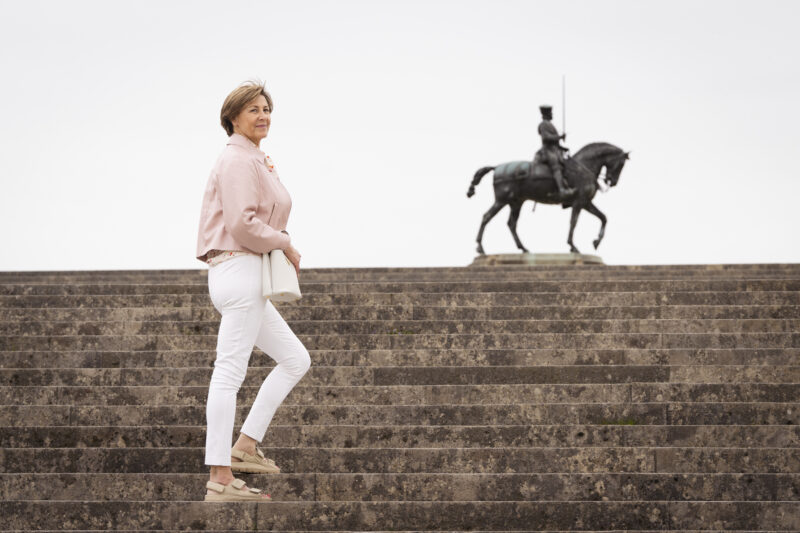
The Musée Condé
When the Duke of Aumale died without leaving an heir, he bequeathed the Chantilly castle and his entire art collection to the Institut de France. The Musée Condé was set up in his memory and became the most important fine arts museum in France, after the Louvre.
According to the Duke's will, the paintings were to remain on display in the castle in the place he had indicated. Nor were they to be loaned to other museums.
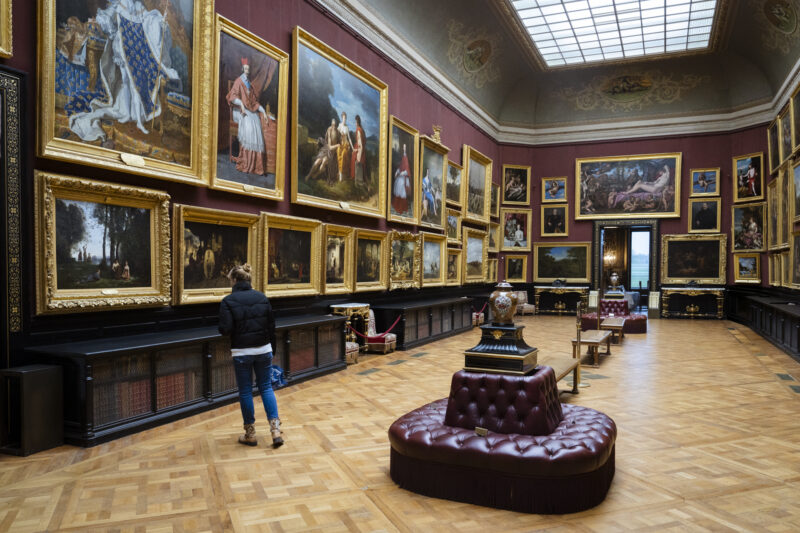
Visiting the castle of Chantilly
There is much to discover when visiting Chantilly Castle. In addition to its impressive art collection and lavishly furnished apartments, there is also a prestigious library. Its many galleries contain some of the world's greatest masterpieces. You will see three works by Raphael, five by Nicolas Poussin, five by Ingres and three by Delacroix.
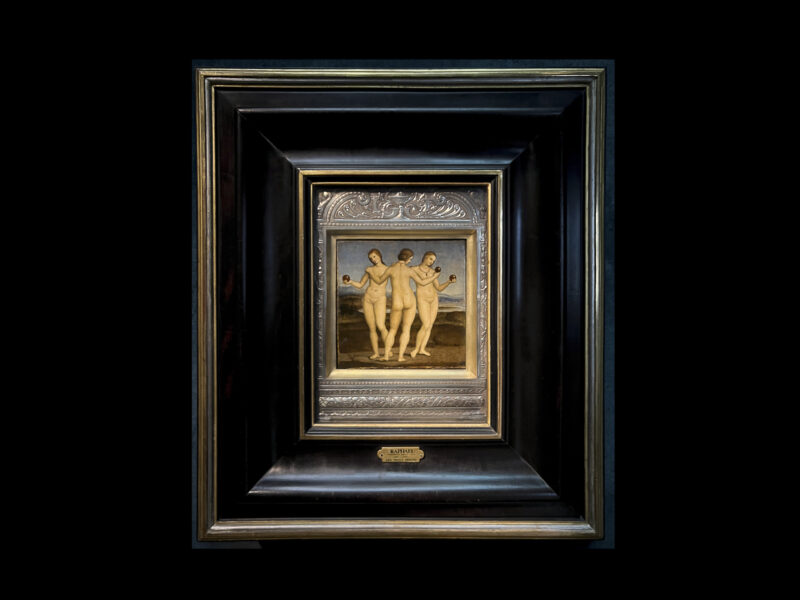
The collections of the Musée Condé
Galerie des Cerfs
This dining room, which was used for receptions, is where some of the most famous nobles and intellectuals of the past ate. The room's eight tapestries and other decorations all revolve around the theme of hunting.
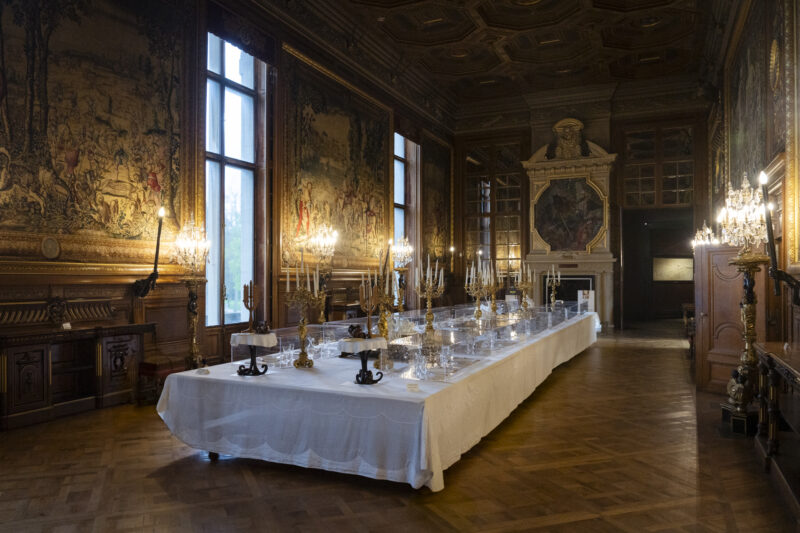
Galerie de Peinture
The paintings are hung in this impressive gallery according to the Duke of Aumale's preference, frame by frame, without chronological or artistic logic, in typical 19th century style.
At the end of the Galerie de Peinture is the Rotonde with a mosaic from Pompeii depicting a hunting scene. Two Italian masterpieces also hang in the Rotonde: Piero di Cosimo's portrait of Simonetta Vespucci and Raphael's Madonna of Lorette.
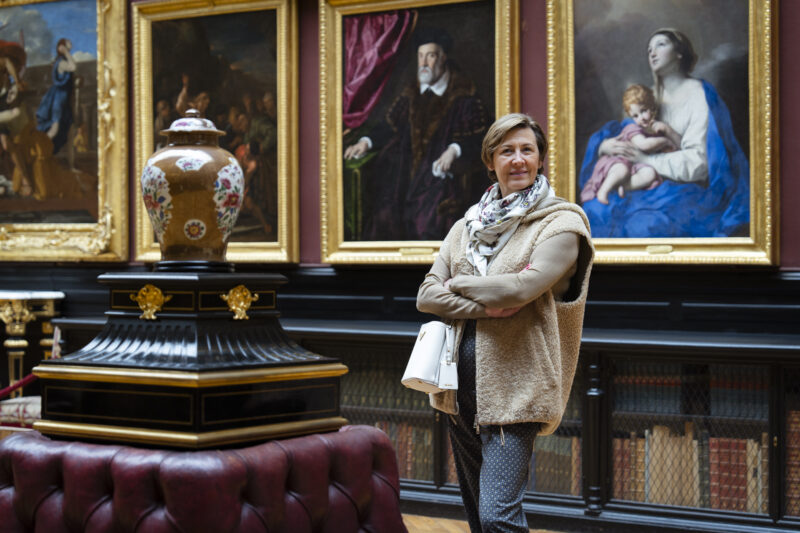
Le Santuario
Le Santuario is a unique place where art lovers can admire some of the most important works of the Musée Condé. It houses the Madonna of Orleans and the Three Graces by Raphael, as well as Esther and Assuérus by Filippini Lippi and 40 illuminations by Jean Fouquet from the Book of Hours of Etienne Chevalier.
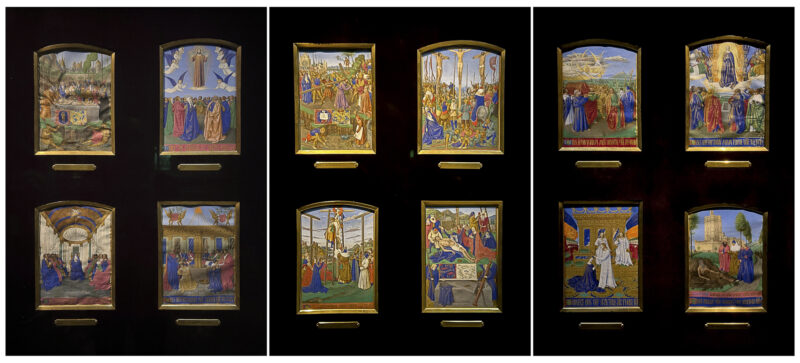
Le Cabinet du Giotto
In this hall you can see Italian masterpieces from the 14th to the 17th century.
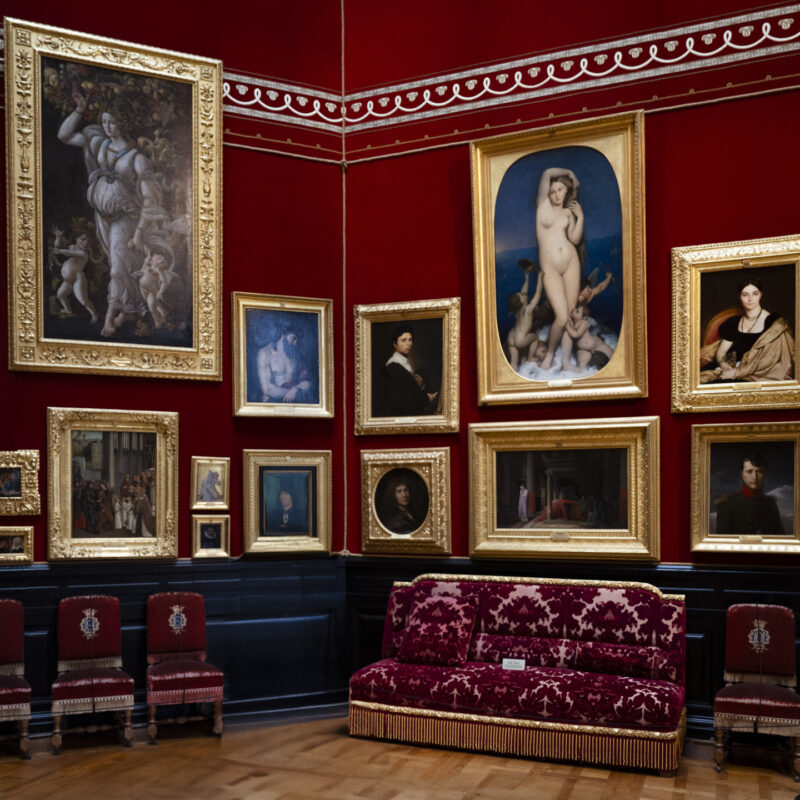
La Tribune
This room is named after the Tribune in the Uffizi Gallery in Florence, where the Medicis displayed their masterpieces. There are masterpieces of primitive and Renaissance art hanging on two of the walls: Fra Angelico, Titian, Botticelli, Sassetta. Another wall is dedicated to 17th and 18th century art with works by Van Dyck, Poussin, Champaigne and Watteau. Finally, with the neoclassicism of Ingrès and Gérard and the romanticism of Delacroix, Delaroche and Scheffer, the gallery is also an ode to the 19th century.
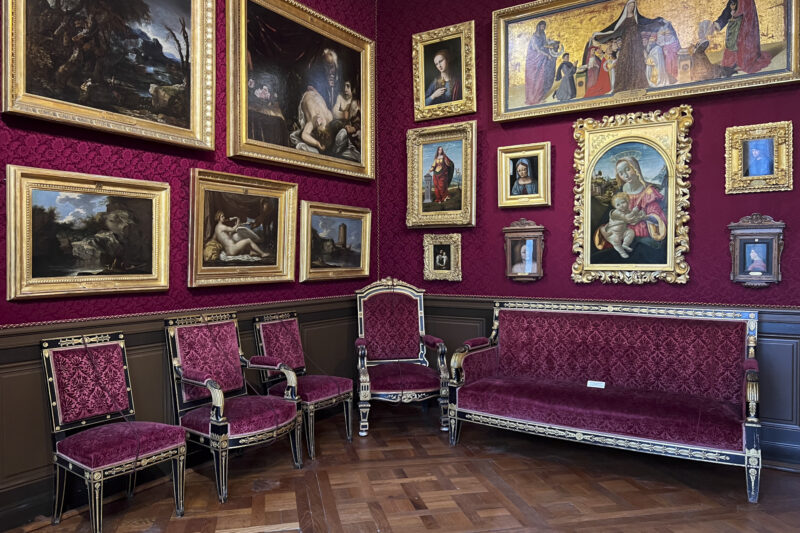
La Salle Clouet
Ninety 16th century portraits by Jean and François Clouet and Corneille de Lyon are on display in the small Salle Clouet. The portraits are of Renaissance kings and queens, including François I, Henri II, Louis XII with Anne de Bretagne, Catherine de Medici, and others. It is the finest collection of French Renaissance portraits in the world. The Clouet brothers were the inventors of the small-format portrait, in which the model is shown in bust and three-quarter view.

The Grand Apartments of the Princes of Condé
The upper floor of Le Petit Château, which dates from the Renaissance, is home to the Grand Apartments. While much of the original decor has been lost to history, the rooms were perfectly restored by the Duke of Aumale and furnished with pieces he recovered after his exile. The result is a breathtakingly beautiful space, with some particularly impressive halls.
Le Cabinet des Livres
The Duke of Aumale built the biggest library of its time, called Le Cabinet des Livres. The library has a collection of some amazing books and manuscripts, with a total of 19,000 volumes. Its real treasures are 200 medieval illustrated manuscripts, 700 incunabula (books printed with loose letters before 1501), 2,500 books from the 16th century, and some really unique book bindings. Some of my favorites are the book Les Très Riches Heures du Duc de Berry and a 15th-century copy of the Liber Floridus, a medieval encyclopedia written by Canon Lambert de Saint-Omer whose original version is in St. Peter's Abbey in Ghent.
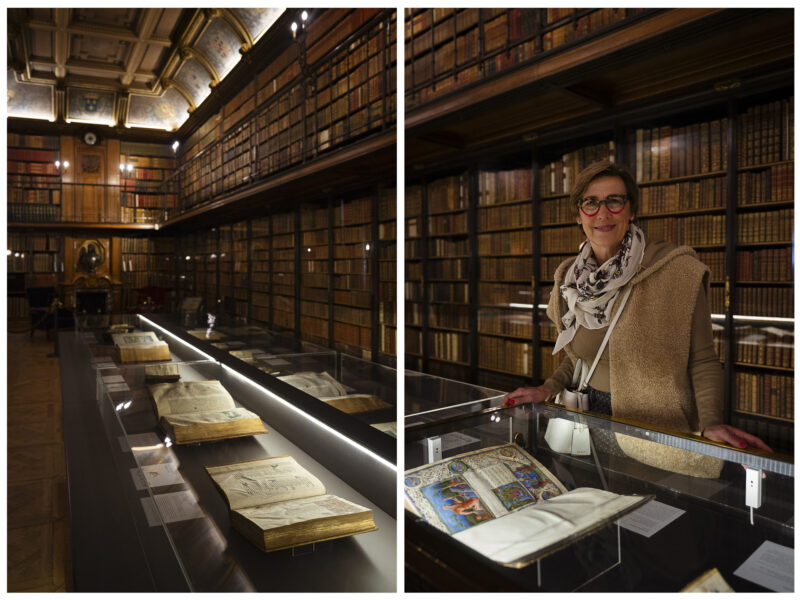
La Grande Singerie
In the 17th and 18th centuries, there was a growing interest in Asian decorations featuring monkeys and other exotic animals. This gave artists an opportunity to mock their contemporaries by depicting them as figures with features of apes. The beautiful, delicate scenes were painted on wall panels, ceiling, and even fireplace screens.
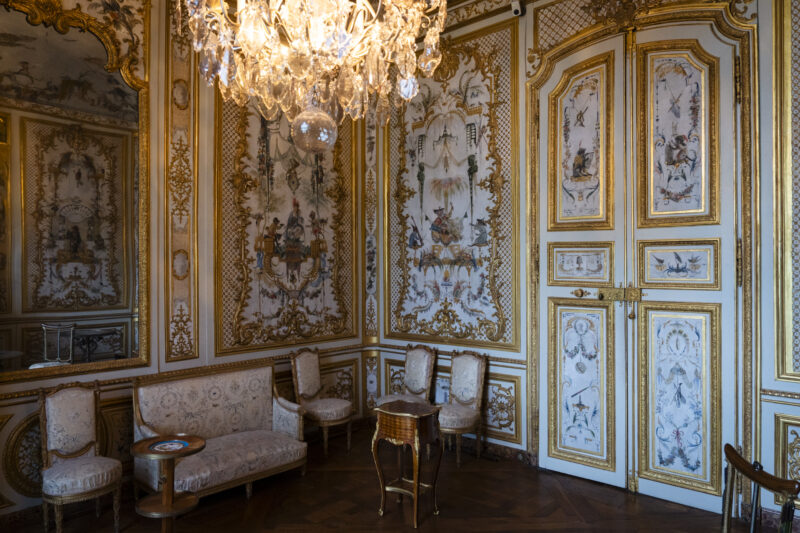
Le Grand Cabinet d'Angle
This is the Duke of Bourbon Condé's office, restored to what it looked like in the 18th century just before the French Revolution. The walls are lined with white and gold wood paneling, and at the center is an impressive four-piece white chair with a gilded pitcher in between.
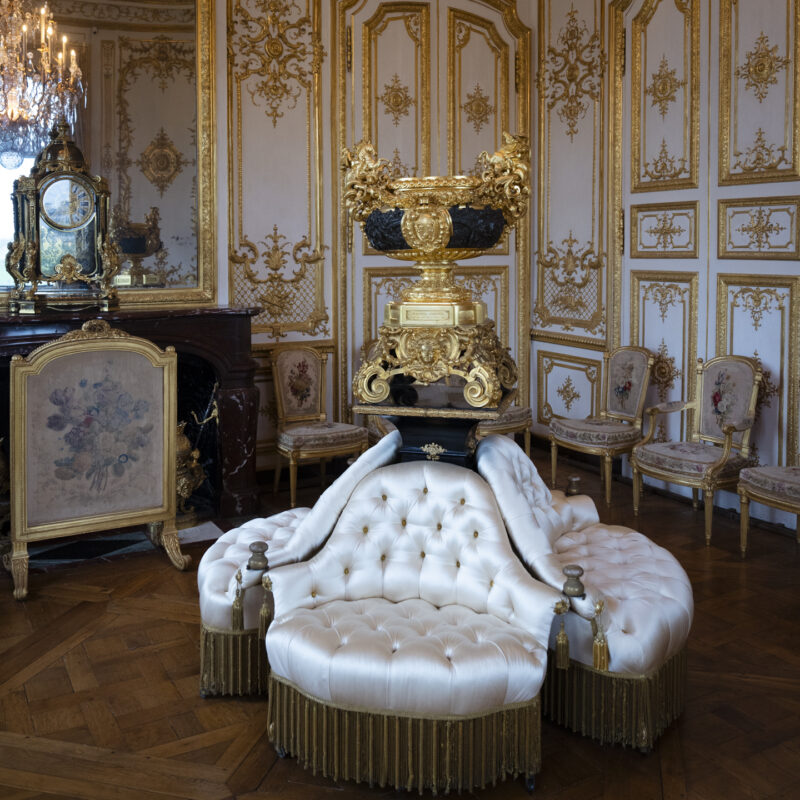
The Private Apartments of the Duke and Duchess of Aumale
The Duke and Duchess of Aumale had their private apartments on the ground floor of Le Petit Château. The rooms were decorated around the time of their marriage in the 19th century, except for the Petition Singerie. This boudoir is from the 18th century and separates the Duke's apartment from the Duchess's rooms. The Duchess's room has a bed with a canopy, and the ceiling is decorated with flowers and birds. The adjacent boudoir is lined and decorated with silk in bright violet. The Duke's apartments are much more austere. He refurbished them upon his return from exile, after the death of the Duchess and his two sons.
You can only visit this part of Chantilly Castle with a guide and in small groups of 10 people or less.

The Park around the Chantilly Castle
In 1663, André Le Nôtre designed a French-style park and transformed the marshy area around the castle into a lovely place where the Grand Condé could entertain his guests with festivities, fireworks and lavish balls. With a two-kilometer-long canal and some fountains and water features, Le Nôtre tried at Chantilly what he later realized at Versailles for Louis XIV. Chantilly was basically a trial run for Versailles.
Unlike at Versailles, the castle at Chantilly isn’t located in the middle of the park. It sits a bit off to the side. At the center is a huge equestrian statue of the Constable of Montmorency.
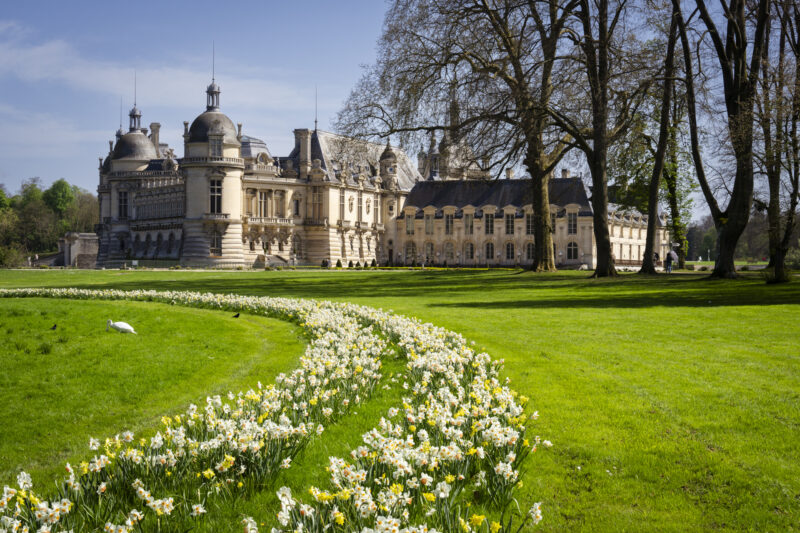
In 1775, Louis Henri de Bourbon Condé built Le Hameau on the edge of the gardens. This beautiful place consists of charming country cottages with thatched roofs that were sumptuously decorated inside at the time, like royal apartments. This is where the Prince of Condé used to come to enjoy pastries and Chantilly cream with his guests after strolling through the park. Le Hameau is surrounded by an English-Chinese-style garden and a network of small canals bridged by rock bridges.
During the French Revolution, the revolutionaries pillaged the western section of Chantilly Castle's gorgeous gardens. When the Prince of Condé came back from exile, he had a romantic English garden with gazebos and ponds laid out on that site.
